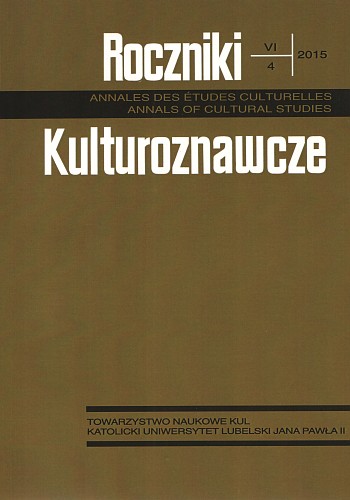Komplementarność cyfrowego i tradycyjnego uczenia się i nauczania języków obcych
Complementarity of Digital and Traditional Foreign Languages Learning and Teaching
Author(s): Elżbieta GajekSubject(s): Foreign languages learning
Published by: Towarzystwo Naukowe KUL & Katolicki Uniwersytet Lubelski Jana Pawła II
Keywords: digital humanities;foreign language teaching;information and communication technologies;language education;
Summary/Abstract: Learning and teaching languages is part of digital humanities. It has an interdisciplinary character, it combines humanities (linguistics, cultural studies, literary studies), social sciences (pedagogy, psychology, psycholinguistics) and, increasingly digital technology. The place and role of information and communication technologies (ICT) in teaching and learning of foreign languages are to be seen in the area of research and practical applications. In the practice of foreign language teaching the most important is access to materials and the use of digital resources and communication tools, including single and multi-lingual dictionaries, databases, literary texts, films, news, etc. Nowadays they become basic materials for teaching and learning languages at every level of education. The Internet serves as a communication tool, for example about half a million young Europeans: students of kindergartens, primary and secondary schools are working together using web-based tools, acquiring linguistc competences such as speaking and writing; cultural and intercultural competences and also digital sills. Both theoretical considerations of philosophy and pedagogy, as well as case studies on the use of digital tools indicate the complementarity of traditional and digital teaching and learning of foreign languages.
Journal: Roczniki Kulturoznawcze
- Issue Year: 6/2015
- Issue No: 4
- Page Range: 123-140
- Page Count: 18
- Language: Polish

